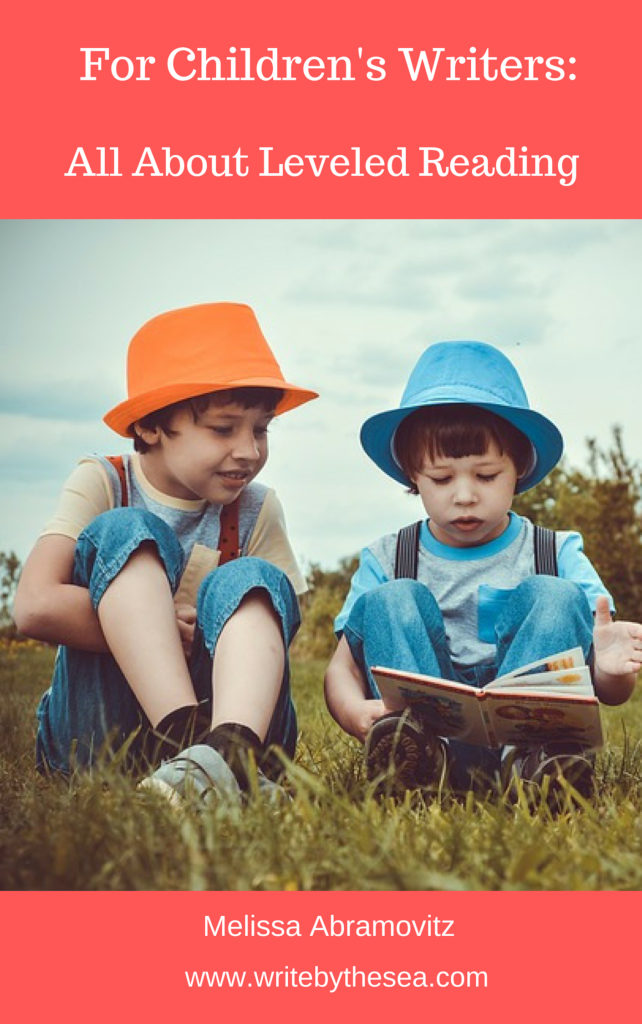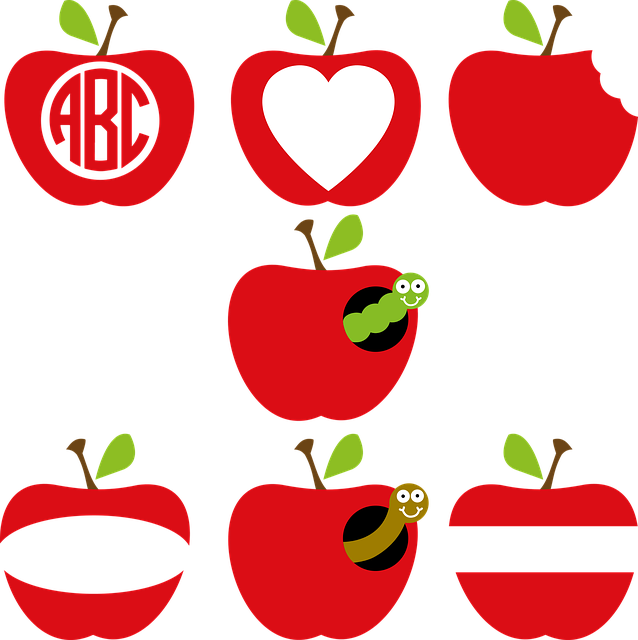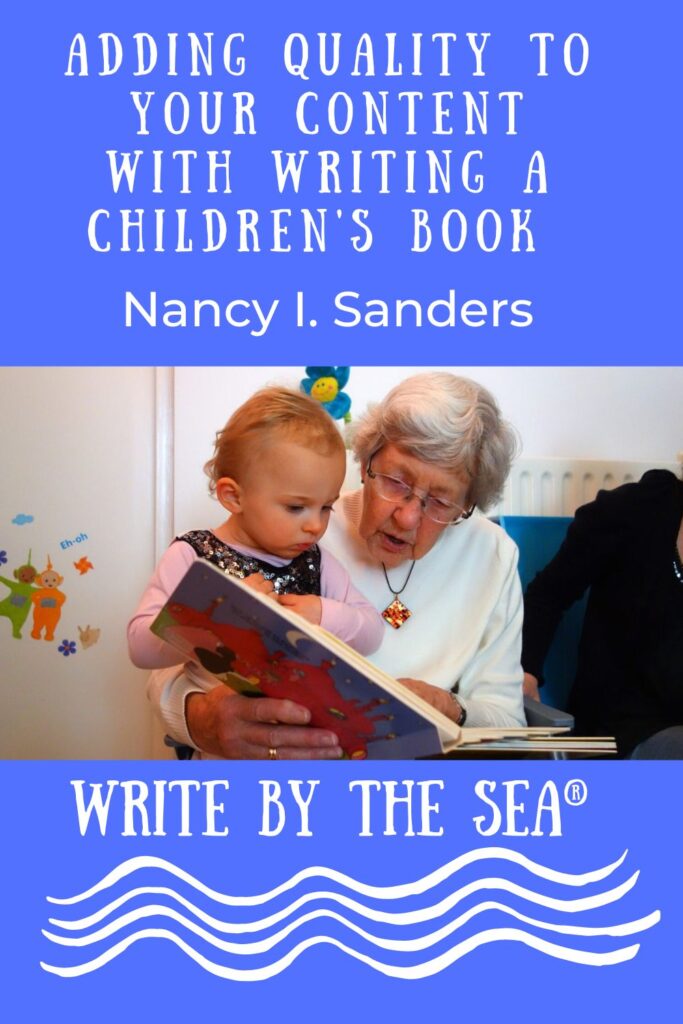An important and unique aspect of writing for children is that authors need to be aware of and consistently apply established rules for making manuscripts age-appropriate.
However, at the same time, it’s important to remember that the rules and leveling tools that are available are of limited value in helping writers craft fiction and nonfiction pieces that are appropriate for young readers who read at different levels.
Yes, this sounds confusing and contradictory.
And yes, this is one reason that writing for children is far more challenging than writing for adults is.
But as many children’s authors like me know, age-appropriate leveling is not an insurmountable roadblock, as long as a writer is willing to educate him or herself and is willing to practice writing at various levels to achieve competence.

What Is Leveling Anyway?
Leveling is the process of analyzing words and other aspects of text to determine the reading level of the children for whom a particular book or other composition would be appropriate.
It involves computing and/or subjectively analyzing whether the subject matter, vocabulary, and sentence structure is right for children with various levels of reading competence and maturity.
Usually, these levels correspond to grade levels, such as kindergarten, first grade, and so on; or to broader categories, such as emergent or beginning readers; fluent, or middle-grade, readers; and teenaged, or young adult readers.
Emergent readers are usually considered to fall between the ages of five and eight, and fluent readers between nine and twelve.
Teenagers in middle or high school are often capable of reading adult-level text, but material rated as “young adult” contains subject matter that is appropriate for less mature readers and has fewer complex words and less-complex sentence structure than material written for adults does.
Leveling Tools
There are many leveling tools available that measure sentence length and complexity, word length, presence on grade-level vocabulary lists, and content appropriateness for certain grade or reading levels.
One tool that I and many other writers use is a book called Children’s Written Word Book, 2nd Edition, by Alijandra Mogilner and Tayopa Mogilner.
This book lists words according to when they are introduced (which grade level) in most schools, and contains a grade-level-appropriate thesaurus.
One commonly-used computer-based leveling tool is the Flesch-Kincaid Grade Level Score, which is programmed into some word processing programs.
It calculates a grade level score for each word, sentence, or passage based on the average number of syllables per word and the average number of words per sentence.
Another such tool is the ATOS assessment score, which considers average sentence length, average word length, and word level difficulty in its leveling predictors of text complexity for various grade levels.
Still another is the Lexile Framework.
This tool assess the complexity level of the material and the ideal reader’s reading capability level.
These tools are proved to correlate with grade-level comprehension standards put forth by the Common Core Standards.
Flesch-Kincaid and some of the other popular computerized tools allow writers to insert text into their assessment programs to establish an appropriate grade level or reading level.
Some of these assessments are free; others require a fee.
Limitations of Leveling Tools
While these tools are helpful, it is important to remember that all have limitations, in large part because different children in the same grade level read at different levels and because any computerized measurement or a list in a book cannot account for common sense and other factors that cannot be objectively measured.
Thus, being aware of what real kids are interested in and can comprehend is also important for choosing appropriate subject matter, vocabulary, and sentence structure.
Writers who are also teachers, parents, grandparents, and others who are regularly around children have a huge advantage over those who do not interact much with kids, but even if you do not personally know any children of various ages, you can still observe and listen to them in social settings to find out how they speak and what they speak about.
I have always relied more on observations of my own children and grandchildren and their peers to guide my writing than on leveling tools because the vocabulary and capabilities of real kids are often vastly different than those in standardized word lists and leveling scores.
I mainly use the tools for a general idea of grade-level reading ability and vocabulary and in cases in which a publisher requires writers to provide these scores when turning in a manuscript.
One example of the divide between leveling tools and reality is that the Children’s Writer’s Word Book lists hungry as a second-grade word, but I know that many toddlers and preschoolers are familiar with and use this word correctly.
It also lists honest as a third grade word, information as a 5th grade word, and jungle as a fourth grade word.
I know from experience that most kids understand, use, and read these words much, much earlier.
So I use these types of words in my writing for younger children than the guide recommends, and the editors with whom I work tend to agree that personal experience, rather than leveling word lists, is the most reliable reading-level gauge.
In many cases, individual differences in childrens’ intelligence, place of residence, and other environmental factors determine their familiarity with certain words and concepts.
For instance, my grandchildren have helped their parents plant, tend, and harvest organic fruits and vegetables from their garden since they were toddlers, and are thus well-versed in what organic gardening is all about, even though some kids their ages do not know what “organic” means.
Likewise, kids who play sports like basketball learn words like “hoop,” which is classified as a fifth-grade word, much earlier.
In general, I find that combining these leveling tools with practical experience and common sense allow me to write age-appropriate material that meets publishers’ needs.
Once you get the hang of age and grade-level appropriateness, it becomes easier and easier to successfully write for various age groups.
About Melissa Abramovitz
 Melissa Abramovitz was an award-winning author/freelance writer.
Melissa Abramovitz was an award-winning author/freelance writer.
Note: This post may contain some affiliate links for your convenience (which means if you make a purchase after clicking a link I will earn a small commission but it won’t cost you a penny more)! Read my full disclosure and privacy policies…






